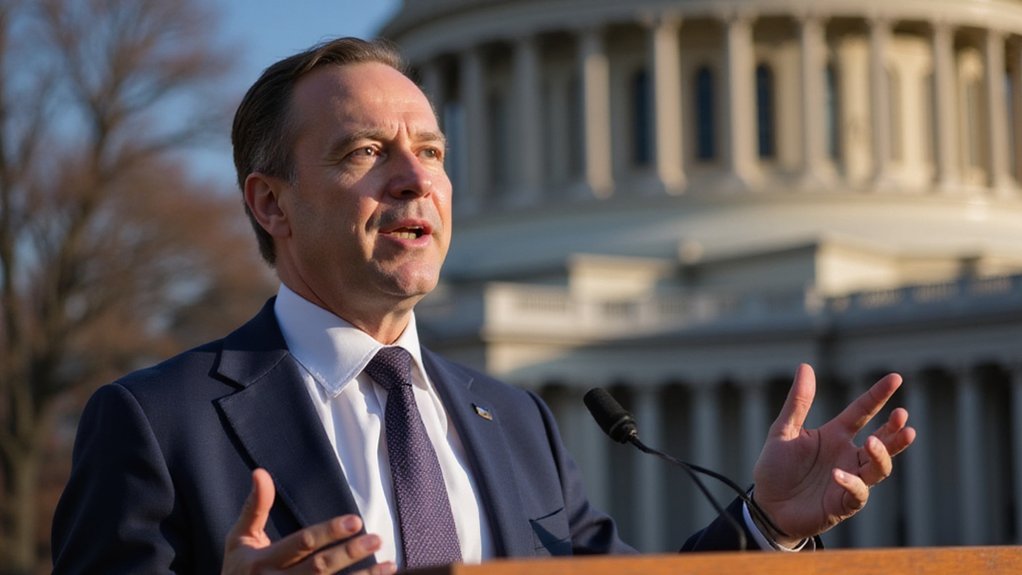While the traditional banking establishment spent decades perfecting the art of making cross-border payments both expensive and glacially slow, the cryptocurrency world quietly developed stablecoins—digital currencies pegged to fiat money that now facilitate over two-thirds of crypto trading with remarkable efficiency.
While banks perfected expensive, sluggish transfers, crypto quietly built stablecoins that now power two-thirds of digital trading with superior efficiency.
The numbers tell a compelling story of institutional awakening: stablecoins have exploded from a modest $20 billion market capitalization in 2020 to approximately $250 billion today, with Tether’s USDT commanding the largest share of this rapidly expanding ecosystem. Major U.S. banks, led by JPMorgan Chase, are now seriously considering launching a shared stablecoin—a development that would have seemed laughably improbable just a few years ago when these same institutions dismissed cryptocurrencies as speculative curiosities.
This convergence between traditional finance and blockchain-based payments represents more than mere technological adoption; it signals existential recognition that competitive pressures from tech giants and crypto startups have fundamentally altered the payments landscape. Banks face the uncomfortable reality that their carefully constructed intermediation monopolies are increasingly vulnerable to digital alternatives that offer superior speed and cost-effectiveness.
The regulatory environment, predictably, remains a work in progress. The Senate’s GENIUS Act proposes subjecting stablecoin issuers with market capitalizations exceeding $10 billion to Bank Secrecy Act requirements while mandating liquid reserve maintenance and transparency standards. Meanwhile, the House advocates for state-level regulation through the STABLE Act, creating the familiar spectacle of federal legislative bodies pursuing divergent approaches to emerging financial technology. Currently, stablecoin regulation operates under varying state money transmitter laws without uniform federal oversight. Nonbank financial intermediaries now comprise over 50% of the financial system, further complicating regulatory oversight as stablecoins shift activities away from traditional banking structures.
Banks’ sudden enthusiasm for stablecoins reflects pragmatic calculation rather than technological epiphany. By developing shared infrastructure, they hope to maintain control over payment systems while modernizing cross-border transfers that currently require multiple intermediaries and settlement periods measured in days rather than minutes. Despite their promises of stability, stablecoins can experience market fluctuations that challenge their fundamental value proposition during periods of financial stress.
The irony is palpable: institutions that initially viewed stablecoins as threats to monetary stability now recognize them as potential solutions to their own operational inefficiencies. However, regulatory hurdles persist, and banks must navigate complex compliance requirements while competing against established players like Tether that have already captured significant market share in this explosive $250 billion ecosystem poised for mainstream adoption throughout 2025.









